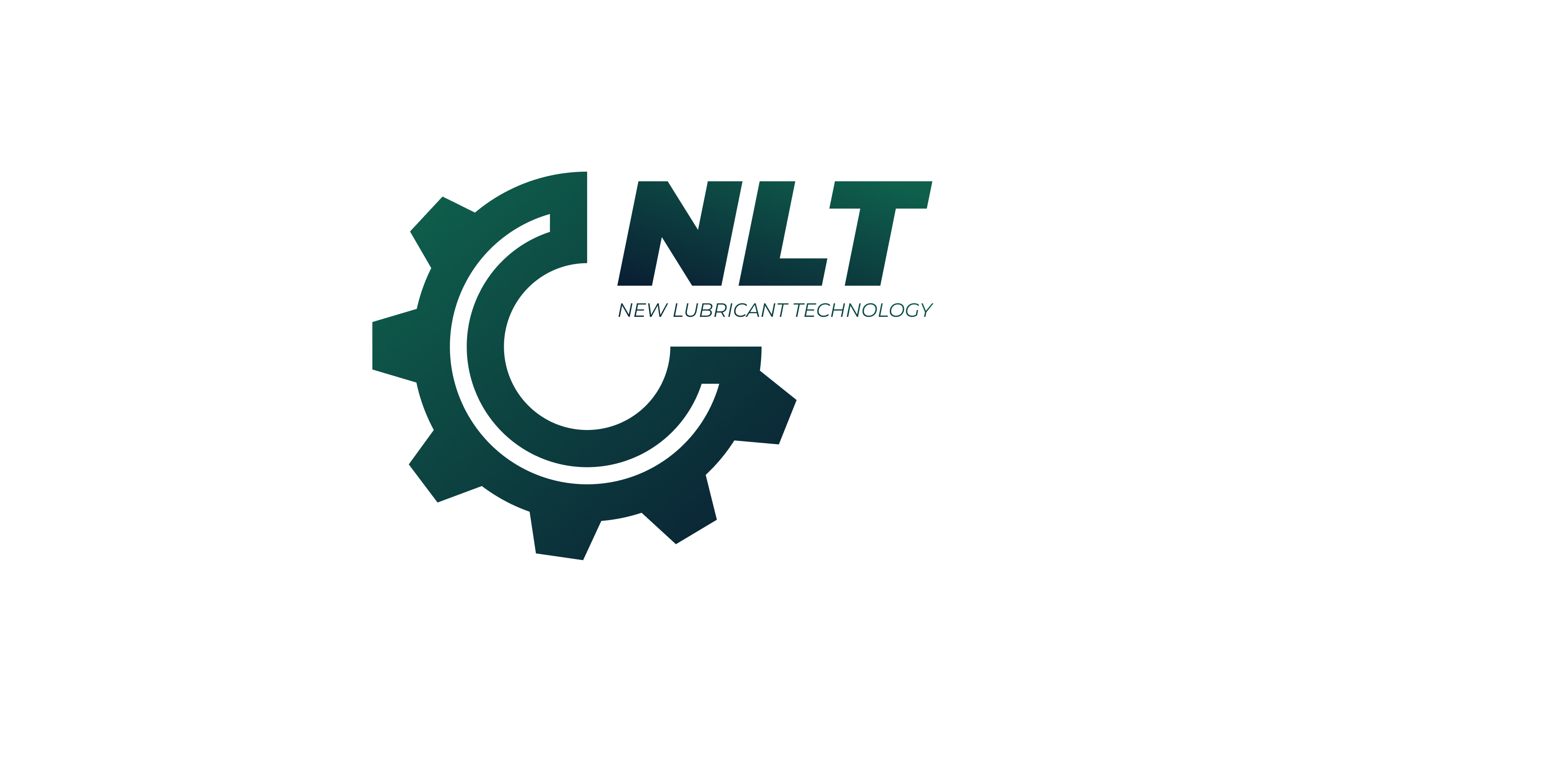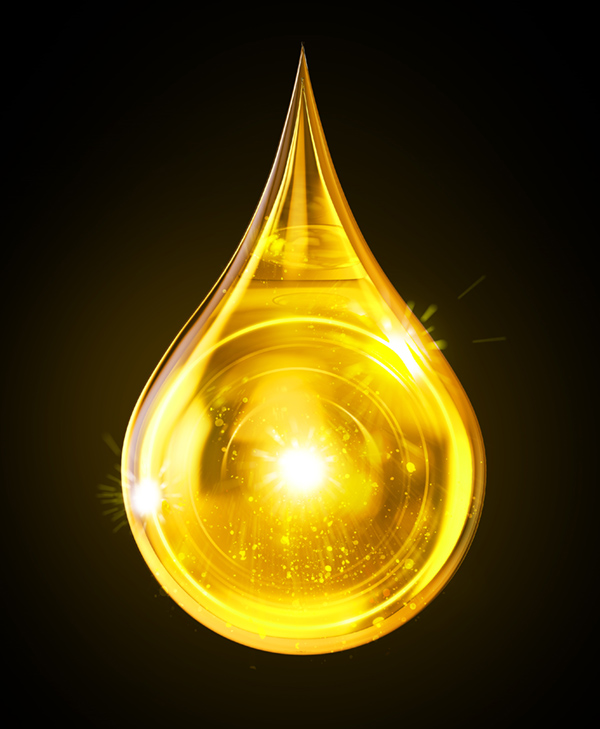Cleaner Wind Power
Harnessing the power of the wind has become an important part of renewable clean energy generation, with wind turbines, grouped into wind farms, now an increasingly familiar addition to the landscape. Wind farms are sited where the wind can be reliable and strong, in coastal areas, on hill tops, across open plains, gaps between mountains, and out at sea. Wind towers are positioned with the propellers as high as possible, where the wind is stronger, and conditions wilder. Because wind farms are intentionally located in such extreme environments, they are exposed to harsh weather, rain, waves and salt spray, varying winds and conditions. There is an increasing focus on reducing the cost of wind power, particularly operating and maintenance costs, which include day-to-day operations, preventive (scheduled) maintenance, and unscheduled maintenance due to unexpected failures of wind turbine components. Maintaining cost effectiveness of wind turbines and wind farms is a constant challenge for wind power operators.
With a typical wind turbine lifespan of around 20 years, operators must maximise investment cost and minimize downtime cost, to keep the wind turbines operating as effectively and as long as possible. When a wind turbine component fails unexpectedly, the cost of operating the turbine goes up, and the energy output of the turbine goes down, driving up the cost per kilowatt-hour for operating the turbine. Too much downtime and the cost effectiveness can be reduced to uneconomic and unsustainable levels. Within the wind turbine industry, all agree that increased reliability and maintainability is very necessary, as any time the turbine is not spinning it is not generating revenue. To keep wind turbines working effectively, wind farm plant operators need to use both preventive and predictive maintenance processes to keep wind turbines in consistent working order. Amongst most common causes of wind turbine failure are gearboxes and bearings, which face particularly continuous and intense strain.
Maintenance involves lubricating moving parts, such as gearboxes and bearings, checking system connections, and resolving any major issues that may develop. Wind farms schedule regular lubrication and maintenance checks (for example six-monthly) to keep each turbine in top working order. For preventative maintenance, sensors located at key points on each turbine send various types of data back to the wind farm’s maintenance team. This data includes information on lubrication levels, vibration, temperatures, and foundation displacement, all of which can be used to plan maintenance, to advise that a turbine is due a maintenance check.
Although these gearboxes are designed to stand up to the harsh operationing conditions, many don’t last more then ten years, falling well short of the 20-year intended lifespan. Data shows that each year there are approximately 1,200 gearbox failures, with the bearings and gears making up 96 percent of the failing components within the gearbox. A gearbox failure is a costly matter. The gearbox is typically more than ten percent of the overall cost of the turbine and is therefore an expensive component to replace, but also the turbine has to be taken offline for replacement, which could be for few days, or up to a couple of months based on the availability of parts.
Protecting Gearboxes and Bearings
There are a number of contributing factors to gearbox and bearing failure. Poor quality or degraded quality lubricant is a big factor, with dirt, corrosion and water contamination impacting lubricant efficiency and lifespan, temperature fluctuations also impact the lubricants and add to wear, and having variable loads leading to sudden accelerations and load-zone reversals.
So wind turbines need specialized lubricants which can perform reliably, protect components and provide extended maintenance intervals, especially for gearboxes and bearing.
MotorSilk® Gear Treatment (MSGT) withBoron-CLS-Bond®is a high performance additive applicable with any wind turbine gear oils. MotorSilk® Gear Treatment (MSGT) is typically added as 20% of the oil capacity (ratio 1:5), or up to 40% (2:5) for lower rated base oils. It contains enhanced esters and their derivatives, with specific high quality base oils and a complete boron-based anti-wear formulation.
Designed to provide high temperature stability, reduce metal-to-metal wear, with anticorrosive and antifoaming characteristics, protection against micro pitting, MotorSilk® Gear Treatment (MSGT) application for wind turbines will perform exceptionally well with a high reliability, it protects components and can extend maintenance intervals and extend gearbox life.
Turbines, Turbine Blades and Bearings, Hydraulics
Wind Turbines can also benefit by applying other Boron-CLS-Bond® products from the LubriSilk® product range. All MotorSilk® and LubriSilk® products are biodegradable and non-harmful to the environment.
LubriSilk® Synthetic Grease #2 (LS18F) is a general application extreme pressure grease, suitable for use on the main rotor shaft bearing, yaw bearing, pitch drive gears, blade bearing and generator bearing.
LubriSilk® Synthetic Marine Grease #3 (LM18F) is formulated for more extreme environments, especially in marine environments exposed to sea air and more corrosive atmosphere, and has a high washout resistence.
All LubriSilk® Synthetic Greases are tested to withstand extreme pressures by Herguth Laboratories in California to exceed a Timken OK Load of 90, and are HOCNF certified as not harmful to aquatic life.
LubriSilk® Hydraulic Fluid (LSHF) is used in hydraulic systems for blade pitch control, providing maximum lubricity, wear reduction, and corrosion protection and is ideal for the extreme pressure and high temperatures of hydraulic applications. It is highly adhesive, waterproof, and contains no zinc or other heavy metals. It has excellent thermal and oxidation stability, durability and filterability, and extends oil life.
The topic must be understood. This is the first step in essay writing. The aim of your essay is to pinpoint your topic. Choose a topic you’re familiar with, however, it should also be one that is interesting to you. essay writer https://essaysservice.net After you have chosen the subject, you must conduct thorough investigation on the topic and be sure you read both primary as well as secondary sources. Take notes and make sure to record what you learn. The notes you take will form the basis of the essay.







